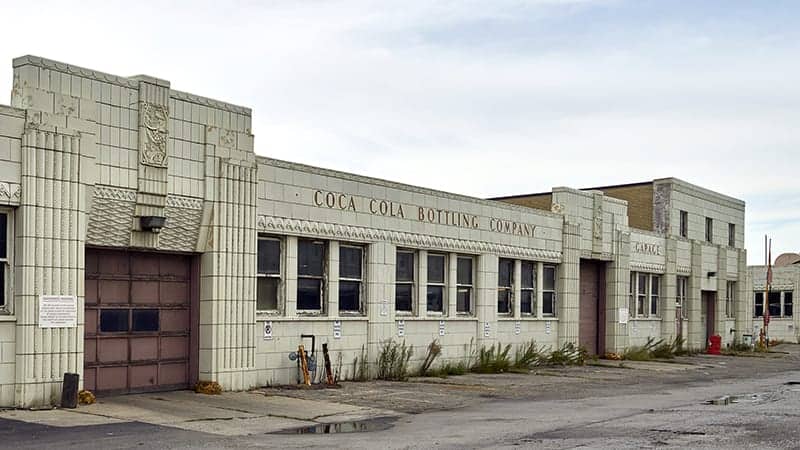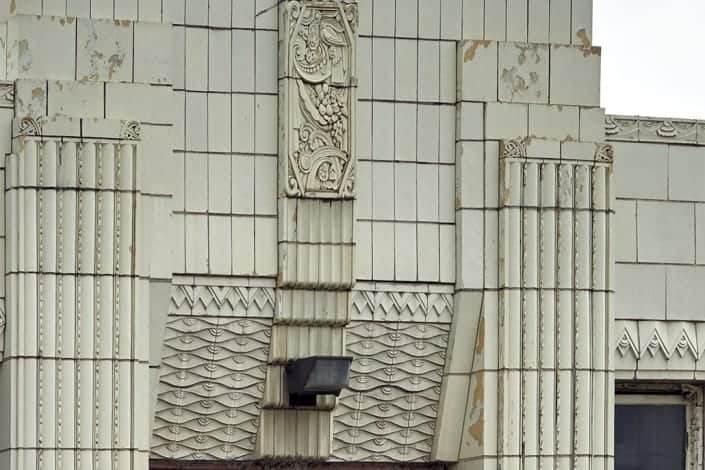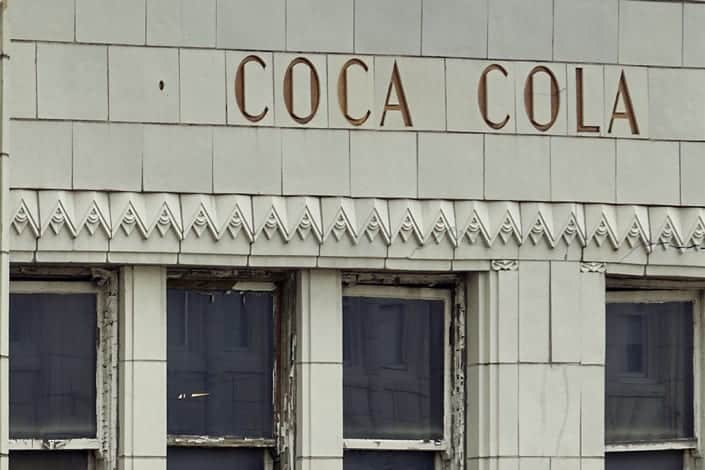Adaptive Reuse – Revitalizing & Repurposing the Old and Obsolete
Adaptive Reuse (AdRu) is a process for revitalizing and repurposing buildings that are historic or obsolete. AdRu projects retain much of the building structure, including its outer shell, and sometimes, interior features and walls.
Repurposing Obsolete Buildings
Many communities across America have abandoned malls or big-box stores that have quickly become eyesores. These abandoned structures, often sit in prime locations, with good traffic flow. Repurposing them provides an economic advantage over new construction because of the cost savings, and also provides a quicker way for municipalities to get back some of the tax revenue lost while the buildings sit dormant.
Retail Migration
A glut of vacant malls and retail spaces exist across the US because of a shift to online retail in recent years, as well as demographic changes and migration from the suburbs to urban centers. The millennial generation is now the largest demographic group in America. The market will go where they go, and Millenials have left the “burbs” where they grew up, to live, work, and play in urban areas.
Retail migration isn’t new. Before shopping malls became popular in the late 1960s and 70s, we shopped for goods in the urban downtown areas of big and small cities alike. When shopping malls came along, urban shopping suffered. Downtowns were left vacant, and department stores abandoned, in much the same way malls have suffered from the rise in online retail and migration to urban areas.
Adaptive Reuse of an Abandoned Grocery Store
The Shelbyville Central Schools District in Indiana undertook a project to renovate and repurpose a 63,000 square foot abandoned Marsh grocery store and an adjacent strip mall that was vacant. From it, they created a beautiful preschool, as well as a learning space for kids with special-needs and office space.
Adaptive Reuse of Old Historic Buildings
In urban areas, you’ll often find obsolete buildings that also have some historical value. A building might be considered historic because of its architectural style, or an important event that took place in the building. You might also find a building historical if a significant historical figure is associated with it.
Repurposing distressed older buildings preserves the collective character and history of a city. We love old buildings for their personality, craftsmanship, design, and the way they make us feel, something we don’t get from modern commercial buildings. Adaptive Reuse projects that repurpose old buildings have become immensely popular in large cities across the US.
Mixed-Use
The benefit of character, ambiance, and history make old buildings especially appealing for general repurposing. They are places where people like to gather. It also makes them prime properties for mixed-use. With mixed-use, businesses that complement each other and share a customer base with similar interests, share space in the same old building. Developers and designers plan these spaces to foster a sense of community and unique experience.
Bottle Works District of Indianapolis
The old Coca Cola bottling plant in Indianapolis is certainly not deficient in charm and character. Located in the Massachusetts Avenue Historic District of downtown Indianapolis, it is a prime example of Art Deco architecture. It’s marble facade, location, size, and architectural details make it an excellent property for rejuvenation and repurposing as a mixed-use space. And, that is what’s happening in Indianapolis. The Bottleworks District will fuse the present with the past, preserving the old bottling plant’s beauty and architecture, while reimagining it as a modern mixed-use space that holds on to the grace and style of an era past.
ART DECO DETAILS ON THE MARBLE FACADE OF THE BUILDING
What’s in the Works
The reimagined Bottleworks district is a $300 million, 12-acre mixed-use development, the most extensive private development of its kind in Indianapolis.
The Bottleworks will serve as a hub for entertainment and food, featuring the city’s first food hall, a boutique hotel, unique residential options, as well as 180,000 square-feet of flexible office space and 175,000 square feet of retail space.
A Growth Market
Before our recent economic downturn, Adaptive Reuse projects were on the rise, and we expected growth to continue. Adaptive Reuse was competing well with new construction. There’s every reason to believe that once the economy rebounds, AdRu projects will rebound, if only because repurposing projects tend to cost so much less than new builds.
Market Drivers
CCIM cites a growing trend toward urbanism, as well as a millennial lifestyle, and a focus on real estate experiences as motivators for AdRu projects. But there are other pressures on the market that make Adaptive Reuse advantageous:
Scarcity of Land
Compared to suburban areas, cities are in short supply of land for new constructions. Legal hurdles imposed by municipalities can be too lengthy and cumbersome to navigate.
Changing Retail Landscape
The retail landscape has been changing for some years now, with the rise in online shopping. Physical retail is far from dead, though; it’s just changing. The trend toward creating innovative retail experiences is part of that change. Abandoned retail spaces account for the most substantial portion of spaces available for Adaptive Reuse projects.
Lost Revenue and tax base
Aside from quickly becoming eyesores, unutilized buildings represent a loss of tax revenue for local governments. Finding ways to repurpose these buildings is often the shortest path to regaining some of that revenue.
Advantages of Adaptive Reuse Projects
Less Costly
It generally costs less to repurpose a building than to construct a new one. Repurposing, uses less steel and aluminum than new construction, keeping costs down.
Demographic Advantages
You’re more likely to find your customers if there are more of them. Neighborhood demographics and dense populations are prime locations for repurposing historic buildings and may provide companies some advantage
Unique Character & Appeal of Older Buildings
Historic buildings have a unique character and appeal that naturally creates inviting and engaging spaces.
Ease of Designing Interior Spaces
The interior spaciousness of industrial properties can be advantageous when it comes to designing interior spaces from scratch.
Tax Breaks
Repurposing old buildings helps to revitalize communities, so many projects qualify for state and federal tax breaks.
Potential Concerns
- It’s often hard to predict the wear and decay of an older building on the front end of a project. That can result in hidden and unplanned costs.
- The profitability of a renovation isn’t a certainty, especially if the surrounding neighborhood is disinterested or not well populated.
- The building materials used in old buildings can sometimes present a safety concern.
Online retail and an exodus of Millenials from the suburbs to the cities have created an abundance of distressed and vacant retail properties throughout the US. City centers may have old distressed industrial buildings that provide value through their character and history but need renewal. Repurposing buildings offers a cost-effective way to deal with the blight of distressed properties in the US. Adaptive Reuse projects have grown in popularity in recent years. That will likely continue, once we get past this recession. Cost advantages, sustainability, and demand will surely help it rebound.
Scheidt Commercial Realty offers expert advice, consulting, and representation. Talk to Scheidt about your next Adaptive Reuse project.
SOURCES:
https://www.indianalandmarks.org/2017/06/refreshing-plans-indianapolis-coca-cola-bottling-plant/
https://www.bottleworksdistrict.com/
https://www.ibj.com/articles/shelbyville-gets-a-new-preschool-from-an-old-marsh-store
https://www.ccim.com/newscenter/commercial-real-estate-insights-report/adaptive-reuse/





